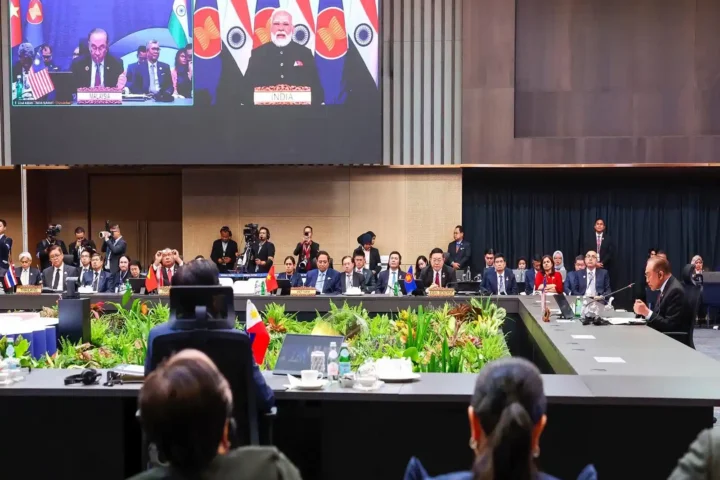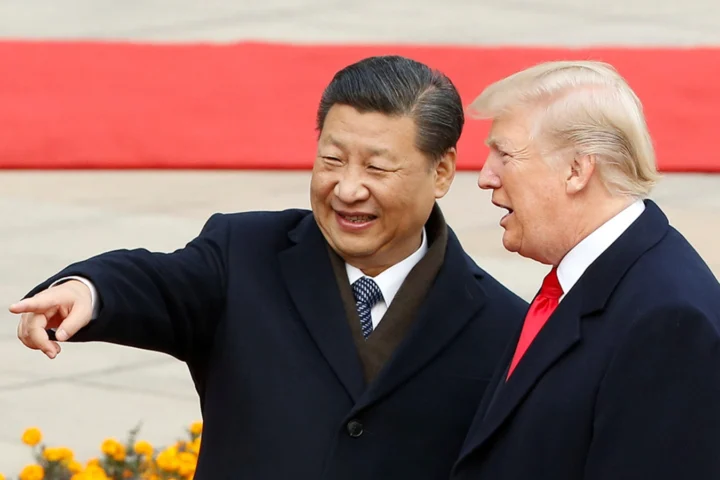On April 9, 2025, the imposition of a striking 104% U.S. tariff on Chinese electronics—including iPhones—set off a seismic shift, reshaping the manufacturing landscape and sparking a global rethink on supply chain strategies. This unprecedented economic maneuver has significantly altered pricing dynamics and hastened Apple’s strategic pivot toward India, offering a compelling narrative of how geopolitical tensions can catalyze industrial transformation.
The immediate financial impact was startling. Overnight, the price of a China-made iPhone 16 Pro Max jumped from $1,199 to $1,549, marking a sharp 29% increase. In stark contrast, the same tariff shock resulted in a comparatively modest 12% price hike for an India-made iPhone 16 Pro, increasing its price from $999 to $1,119. This differential highlights a critical competitive advantage for India as a manufacturing hub amidst ongoing global economic turbulence.
| Factor | China | India |
|---|---|---|
| Tariff rate (2025) | 54% (34% existing + 20% new) | 26% |
| Labor cost | $7–10/hour | $3–4/hour |
| iPhone production share | ~85% (2024) | 14–15% (2024), 25–30% (2027) |
| Domestic market size | $66.95B revenue (FY24) | $8B revenue (FY24) |
Analysts predict Apple’s costs due to these tariffs could spike by as much as 50%, forcing price hikes of up to 43% to maintain margins. Such substantial price escalations could severely erode Apple’s market competitiveness if production remained largely in China. Moving manufacturing to the U.S., meanwhile, appears economically infeasible, with projections indicating a single U.S.-assembled iPhone could cost consumers upwards of $3,500, largely due to higher labor costs and complex supply chain restructuring.
This isn’t just a tariff—it’s a tectonic shift. For companies like Apple, geopolitics is now as important as engineering when it comes to supply chain design
Amid these challenges, India’s role as Apple’s strategic manufacturing alternative gains substantial ground. India’s share in global iPhone manufacturing, currently 14-15%, is projected to nearly double to between 25-30% by 2027. Notably, Foxconn, Apple’s key manufacturing partner, plans to ramp up Indian output significantly, aiming to produce 30 million units annually by 2025.
India’s attraction as a production base is underpinned by compelling economics: labor costs are approximately 40-60% lower than those in China. Coupled with robust governmental support through initiatives like the Production-Linked Incentive (PLI) scheme—offering over $1.3 billion in subsidies—and various state-level incentives including exemptions on electricity, stamp duties, and corporate taxes, India is increasingly positioned as a highly competitive manufacturing destination.
Furthermore, the rapid localization of Apple’s supply chain in India is bolstering its attractiveness. For instance, Tata Electronics is already producing critical iPhone chassis components in Hosur, while Corning International established a state-of-the-art display glass facility in Tamil Nadu. In a landmark move, Apple announced that the next generation iPhone 17 would see development initiated in India—a significant first outside China, underscoring the strategic commitment to India.
The macroeconomic impact is profound. iPhone exports from India surged by 54% year-on-year in FY25, reaching ₹2 lakh crore (approximately $24 billion). Impressively, exports account for 70-85% of all iPhones manufactured in India, emphasizing India’s growing role as a global export powerhouse for high-value electronics.
India has moved from the periphery to the core of high-value tech manufacturing. What we’re seeing is not a temporary adjustment—it’s the emergence of a new industrial axis
However, the pivot to India is not without hurdles. Despite significant strides, India continues to import nearly 90% of the components needed for smartphone manufacturing, presenting considerable supply chain vulnerabilities. Additionally, local infrastructure and scalability challenges persist, highlighted by labor protests at Foxconn’s Tamil Nadu plant in 2023. Geopolitical friction between India and China also adds a layer of complexity, potentially complicating supplier transitions and raising concerns about the stability of component supply.

Yet, the strategic calculus clearly favors India. Apple’s move aligns with broader geopolitical trends where global corporations are diversifying supply chains away from single-country dependencies. India’s vast consumer market, boasting a 1.4 billion population, presents immense potential despite current limitations. Although India’s per capita income remains one-fifth of China’s, restricting broader market penetration of premium smartphones, Apple has successfully carved out a 25% share of India’s premium smartphone segment, indicative of significant growth potential.
Strategically, expanding local component manufacturing would greatly mitigate current import dependencies, enhancing India’s manufacturing resilience. Further, tailored pricing strategies catering specifically to the Indian market could leverage the vast potential of India’s consumer base, creating a sustainable demand that complements export-oriented production strategies.
Looking forward, India’s iPhone production is expected to exceed $34 billion annually by 2026-2027, driven by aggressive expansion plans from major players like Tata and Foxconn, who ambitiously aim to match China’s production scale within the next five years. Additionally, Apple’s Indian operations have already demonstrated tangible socioeconomic benefits, directly generating over 150,000 jobs since 2017—a number poised to expand significantly with further investment.

The imposition of U.S. tariffs on Chinese imports is not merely reshaping Apple’s production geography; it is emblematic of a broader shift in global manufacturing dynamics. India’s emerging role in Apple’s global manufacturing network not only symbolizes an industrial pivot prompted by geopolitical necessity but also highlights India’s burgeoning potential as a global manufacturing epicenter.
As global economic tensions persist, Apple’s experience serves as a valuable case study for multinational corporations reevaluating their global supply chains. India’s growth trajectory, driven by economic incentives, geopolitical shifts, and manufacturing capabilities, positions it as an exemplar of adaptability in an era of uncertainty. If navigated strategically, this shift could indeed herald India’s emergence as the world’s next dominant manufacturing hub.











